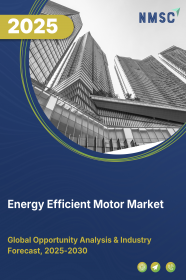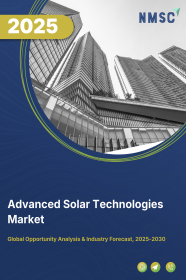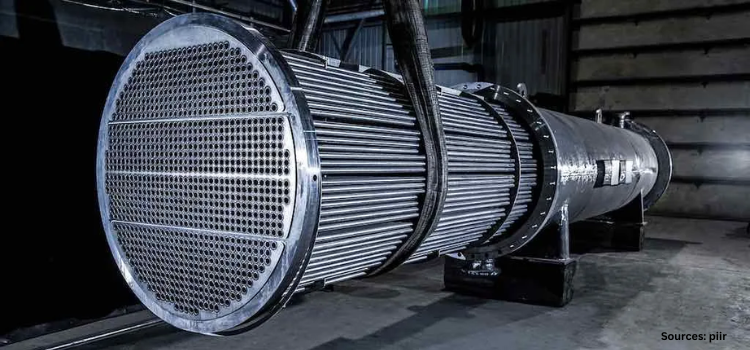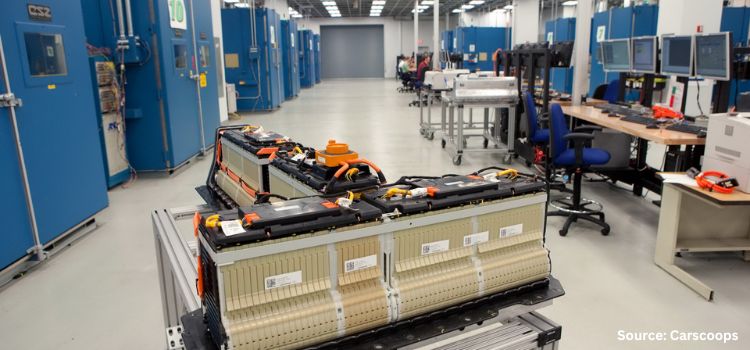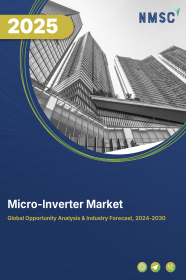
Micro-Inverter Market by Type (Single Phase and Three Phase), by Component (Hardware, Software, and Services) by Communication Technology (Wired and Wireless), By Power Rating (Below 250 W, between 250 W & 500 W, and Above 500 W), by Connection Type (Module-Level, String Level, Hybrid, Integrated, and Centralized Micro Inverters), and by Application (Residential, Commercial, and Industrial) – Global Opportunity Analysis and Industry Forecast 2025-2030
US Tariff Impact on Micro-Inverter Market
Trump Tariffs Are Reshaping Global Business
Micro-Inverter Market Overview
The global Micro-Inverter Market size was valued at USD 3.93 billion in 2024 and is predicted to reach USD 11.43 billion by 2030 with a CAGR of 19.6% from 2025-2030.
The microinverter or panel-level inverter market refers to the segment of the solar power industry that focuses on small-scale inverters designed to convert direct current (DC) from individual solar panels into alternating current (AC) for use in electrical grids.
Unlike traditional string inverters that connect to multiple solar panels in series, microinverters are typically affixed to each individual panel, optimizing the energy production of each panel irrespective of shading, soiling, or other performance-limiting factors. These systems also help in tracking remote performance of each panel and identify maintenance issues.
As the demand for renewable energy solutions grows and technological advancements drive innovation, the microinverter market is expanding, with increased adoption across various sectors and regions seeking to capitalize on the benefits of solar energy.
Market Dynamics and Trends
The growth in clean energy adoption is driving the micro-inverter market, as these devices enhance the efficiency of solar power systems by independently converting DC to AC for each solar panel, improving energy output and system reliability.
International Energy Agency states that, in 2023, renewable electricity capacity additions marked a 50% increase from 2022, it is also estimated that power capacity additions will continue to rise over the next five years, with solar photovoltaic (PV) and wind energy contributing a record 96% of the increase. Such high adoption of renewable energy fuels demand for efficient energy conversion technologies such as panel level inverters.
Moreover, expansion of solar PV installations drives growth in micro-inverter industry, as solar energy sector demands for efficient power conversion solutions to enhance energy production, scalability, and performance compared to traditional string inverters.
A report from the Department of Energy states that installation of photovoltaics (PV) amounted to around 350 gigawatts direct current (GWdc) in 2023 and it is anticipated to rise upto 590 GWdc by 2027. This rise in global adoption of solar energy emphasizes the central role of microinverters in enabling the widespread adoption of solar energy solutions, thereby contributing to the market growth.
Furthermore, ongoing innovations in micro-inverter technology, including improved efficiency, enhanced monitoring capabilities, and integration with smart grid systems, significantly propel the micro-inverter market growth. These advancements ensure better energy conversion efficiency and enhanced grid integration, fostering broader adoption of microinverters in solar PV systems worldwide.
For instance, in June 2023, Hoymiles Power Electronic Inc. launched HMS-1000W microinverter series at Germany. The micro inverter series is integrated with Wi-Fi modules, eliminating the need for complex wiring or external gateway devices specifically designed for mini-PV systems such as balcony solar installations.
However, higher initial cost of microinverters compared to traditional string inverters restraints the micro-inverter market expansion.
On the contrary, integration of microinverters with energy storage systems, such as batteries, is anticipated to create ample growth opportunity in the forthcoming years. This integration is anticipated to enhance grid stability and manage the intermittence of renewable energy sources more effectively, by allowing surplus energy from solar PV systems to be stored and used during periods of high demand.
Market Segmentations and Scope of the Study
The micro-inverter market report is segmented on the basis of type, component, communication technology, power rating, connection type, application, and region. On the basis of type, the market is divided into single phase and three phase. Based on component the market is divided into hardware, software, and services. Based on communication technology, the market is categorised into wired and wireless. Based on power rating, the market is segmented into below 250 w, between 250 w and 500 w, and above 500 w. On the basis of connection type, the market is segmented into module-level, string level, hybrid, integrated, and centralized micro inverters. Based on application the market is divided into residential, commercial, and industrial. Regional breakdown and analysis of each of the aforesaid segments includes regions comprising of North America, Europe, Asia-Pacific, and Rest of The World (Row).
Geographical Analysis
North America region dominates the panel-level inverter market share during the forecast period. Increasing government initiatives to promote solar energy adoption in this region are driving demand for advanced systems, as these favorable policies foster the growth of renewable energy and create a need for efficient technologies such as micro inverters for optimal performance.
As reported by the Government of the U.S., the solar PV systems installed between 2020 and 2021 in U.S. are qualified for a 26% tax credit and in August 2022, Congress extended the tax credit to 30% for installations between 2022 and 2032. These supportive policies foster a favourable environment for the growth of the microinverter market in this region.
Moreover, the presence of both global and domestic players such as Hoymiles, Enphase Energy, Inc, and SolarEdge Technologies Inc further boosts the growth of the market, as continuous innovation drives advancements in technology, enhances product efficiency, and expands the range of solutions available to meet diverse energy needs.
For instance, in November 2023, Hoymiles launched HMT-2000-4T-NA series of three-phase microinverters for North American commercial and industrial solar installations. These microinverters are designed to accommodate high-powered PV modules, supporting a peak power output of up to 2,000 VA with a maximum DC input current of 16 A.
On the other hand, Asia-Pacific is expected to witness a steady rise in the micro-inverter market demand due to rising government initiatives in countries such as China, India, and Japan in the adoption of clean energy solution.
As stated by the China's Nationally Determined Contributions (NDC), the country aims to constitute approximately 25% of primary energy consumption by utilizing non-fossil fuels by 2030. Such rise in adoption of energy efficient technologies creates demand for micro inverters for enhancing operational efficiency.
Moreover, increase in solar manufacturing industry in this region acts as a significant growth driver for the microinverter market, as increased production of solar panels boosts the demand for efficient energy conversion solutions.
For instance, China dominates the solar PV production industry, manufacturing about 80% of global solar panel across all stages, including polysilicon, ingots, wafers, cells, and modules. This extensive production capacity in this region not only supports the supply of high-quality solar panels but also drives demand for microinverters, that are essential for optimizing solar energy systems.
Competitive Landscape
Various key players operating in the micro-inverter industry are Hoymiles Power Electronics Inc., Enphase Energy, Inc., Texas Instruments Incorporated, Deye Inverter Technology Co., Ltd., Zhejiang Benyi New Energy Co., Ltd., SUNGROW, Chilicon Power, LLC., AEconversion GmbH & Co. KG., Solar Electric Supply, Inc., Envertech, Altenergy Power System Inc., Aptos Solar Technology, LLC., Northern Electric Power Technology Inc., Fenice Energy, FOXESS CO., LTD, and others. These market players are adopting various strategies such as product launches to remain dominant in the market.
For instance, in June 2024, Hoymiles Power Electronics Inc., launched MiT 8-in-1 super microinverter. The product is designed to offer unparalleled longevity, doubling the typical replacement cycle of traditional inverters. It also features enhanced safety measures by supporting two PV modules per input, reducing the risk of DC high-voltage arcing—a common cause of PV system fires.
Moreover, in March 2024, Envertech introduced an 800 W microinverter designed for residential balcony PV systems. The device supports dual MPPT with a 220 V output voltage, aiming to enhance energy efficiency and adaptability for small-scale solar installations. This microinverter offers a practical solution for homeowners seeking compact and efficient solar energy systems.
Moreover, in October 2023, Enphase Energy, Inc, launched IQ8 microinverters for high-powered solar modules. The product features improved performance and reliability, ensuring optimal energy production even in challenging conditions by offering customers an efficient solution for harnessing solar power.
Key Benefits
-
The report provides quantitative analysis and estimations of the micro-inverter market from 2025 to 2030, which assists in identifying the prevailing market opportunities.
-
The study comprises a deep-dive analysis of the current and future micro-inverter market trends to depict prevalent investment pockets in the market.
-
Information related to key drivers, restraints, and opportunities and their impact on the market is provided in the report.
-
Competitive analysis of the players, along with their market share is provided in the report.
-
SWOT analysis and Porters Five Forces model is elaborated in the study.
-
Value chain analysis in the market study provides a clear picture of roles of stakeholders.
Micro-Inverter Market Key Segments
By Type
-
Single Phase
-
Three Phase
By Component
-
Hardware
-
Software
-
Services
By Communication Technology
-
Wired
-
Wireless
By Power Rating
-
Below 250 W
-
Between 250 W & 500 W
-
Above 500 W
By Connection Type
-
Module-Level
-
String Level
-
Hybrid
-
Integrated
-
Centralized
By Application
-
Residential
-
Commercial
-
Industrial
By Region
-
North America
-
The U.S.
-
Canada
-
Mexico
-
-
Europe
-
The U.K.
-
Germany
-
France
-
Italy
-
Spain
-
Denmark
-
Netherlands
-
Finland
-
Sweden
-
Norway
-
Russia
-
Rest of Europe
-
-
Asia-Pacific
-
China
-
Japan
-
India
-
South Korea
-
Australia
-
Indonesia
-
Singapore
-
Taiwan
-
Thailand
-
Rest of Asia-Pacific
-
-
Rest of the World (RoW)
-
Latin America
-
Middle East
-
Africa
-
Key Players
-
Hoymiles Power Electronics Inc.
-
Enphase Energy, Inc.
-
Texas Instruments Incorporated
-
Deye Inverter Technology Co.,Ltd.
-
Zhejiang Benyi New Energy Co, Ltd.
-
SUNGROW
-
Chilicon Power, LLC.
-
AEconversion GmbH & Co. KG.
-
Solar Electric Supply, Inc.
-
Envertech
-
Altenergy Power System Inc.
-
Aptos Solar Technology, LLC.
-
Northern Electric Power Technology Inc.
-
Fenice Energy
-
FOXESS CO., LTD
REPORT SCOPE AND SEGMENTATION:
|
Parameters |
Details |
|
Market Size in 2023 |
USD 3.93 Billion |
|
Revenue Forecast in 2030 |
USD 11.43 Billion |
|
Growth Rate |
CAGR of 19.6% 2025 to 2030 |
|
Analysis Period |
2024–2030 |
|
Base Year Considered |
2024 |
|
Forecast Period |
2025–2030 |
|
Market Size Estimation |
Billion (USD) |
|
Growth Factors |
|
|
Countries Covered |
28 |
|
Companies Profiled |
15 |
|
Market Share |
Available for 15 companies |
|
Customization Scope |
Free customization (equivalent to up to 80 working hours of analysts) after purchase. Addition or alteration to country, regional, and segment scope. |
|
Pricing and Purchase Options |
Avail customized purchase options to meet your exact research needs. |







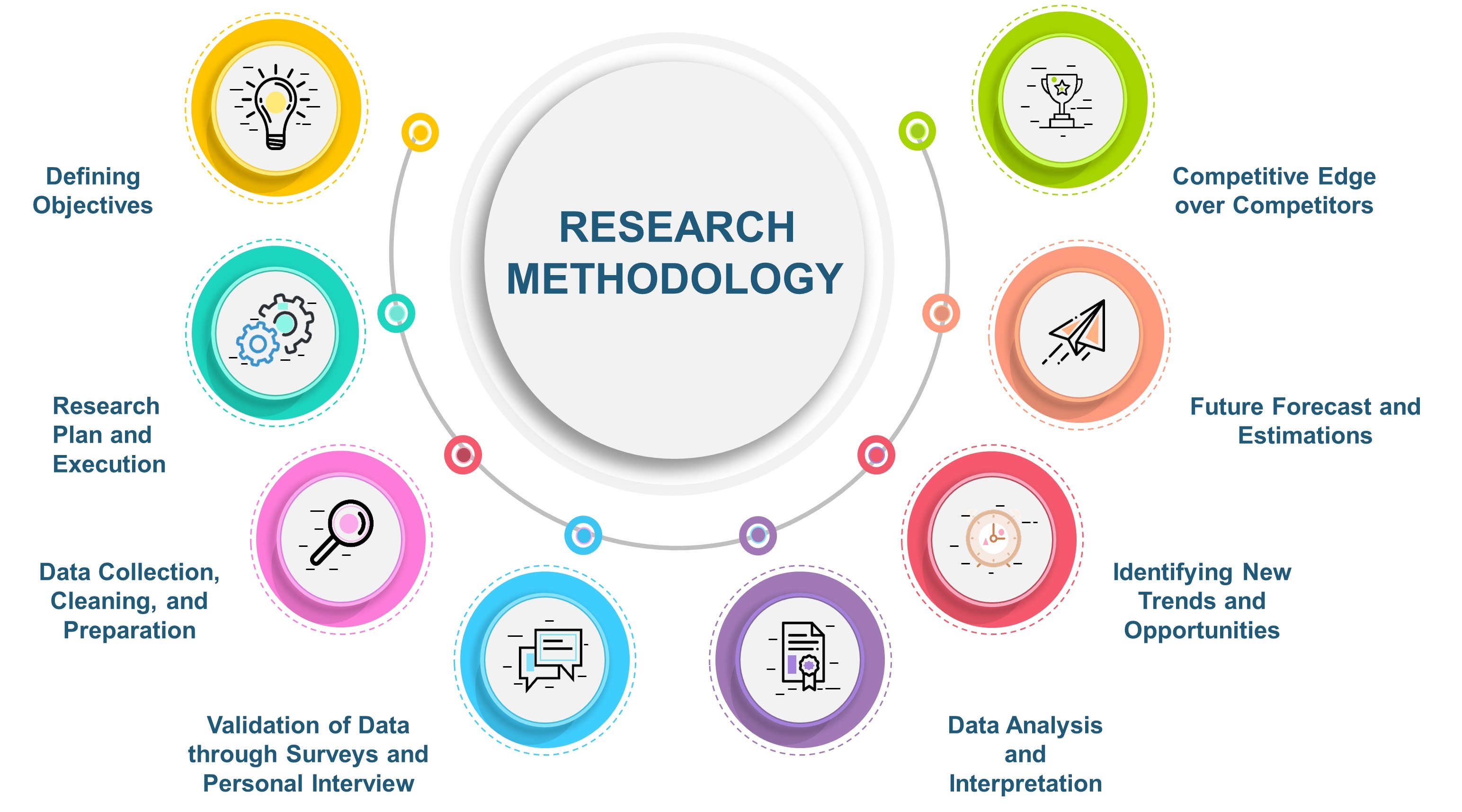
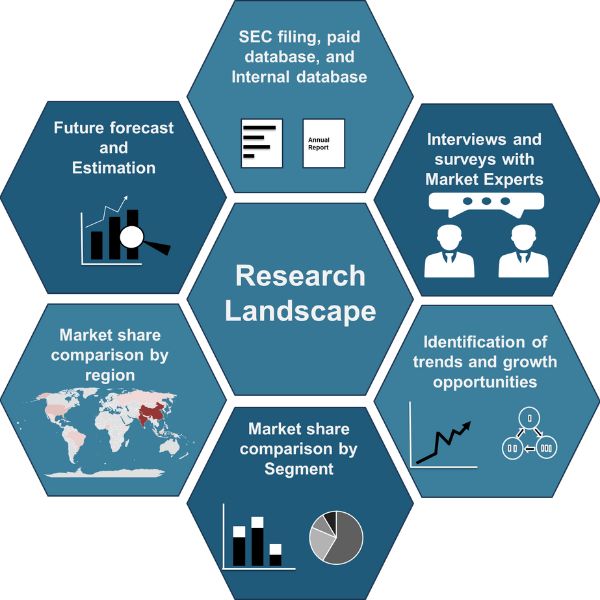
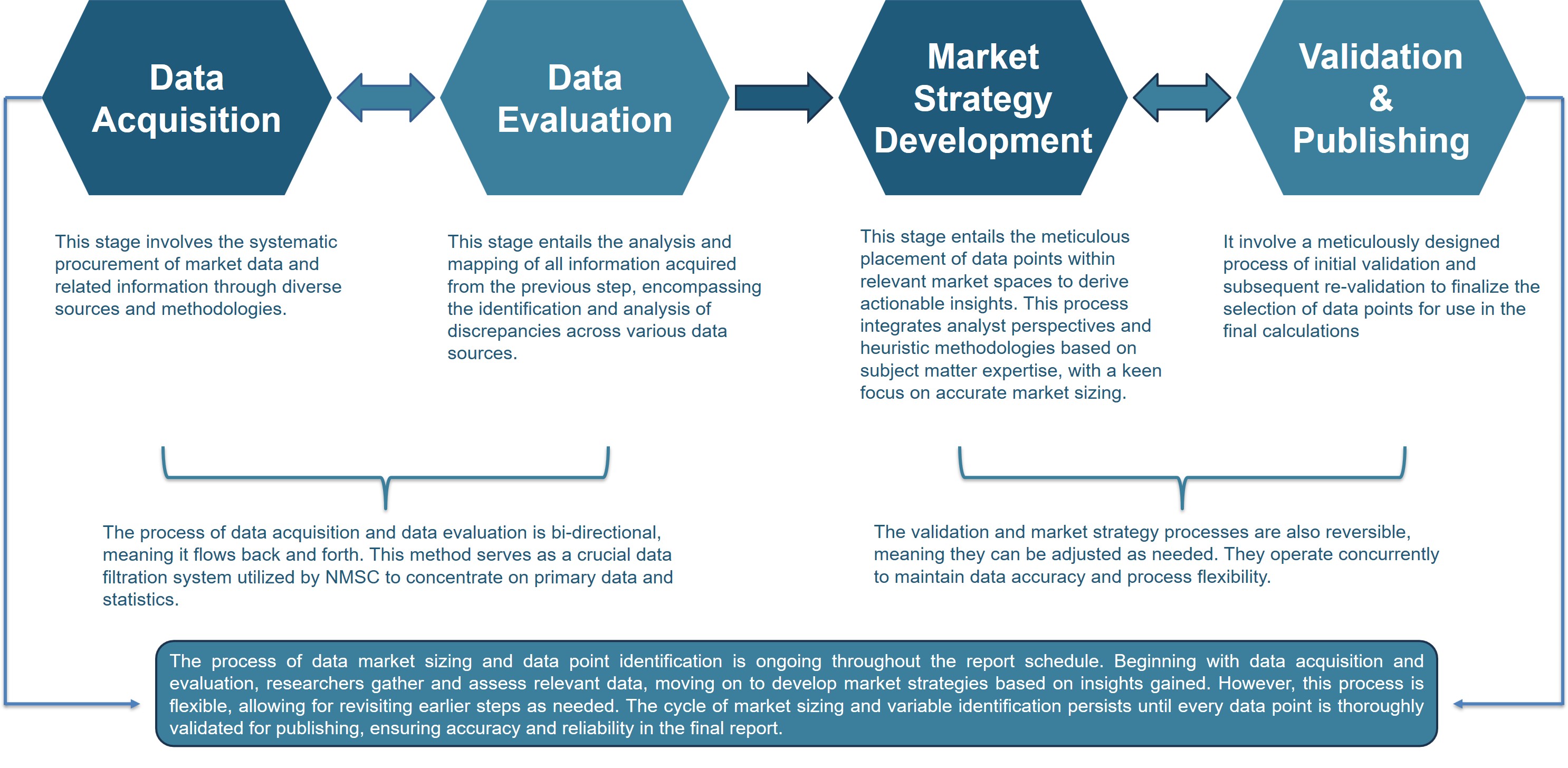
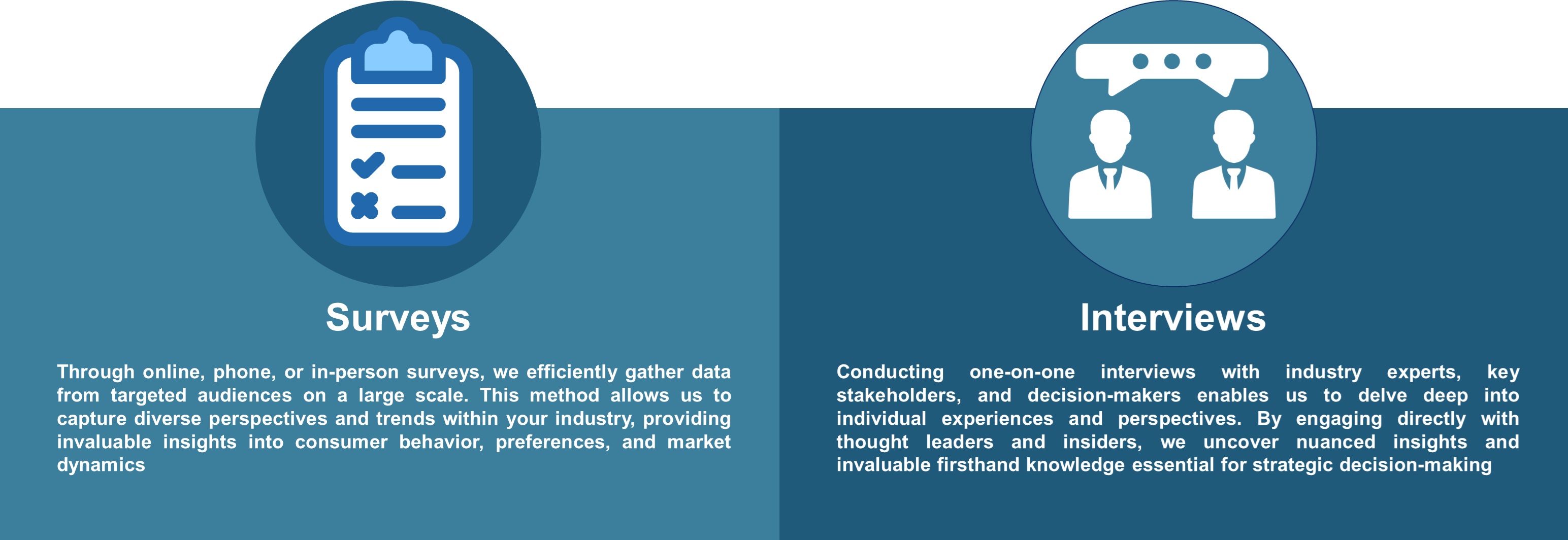


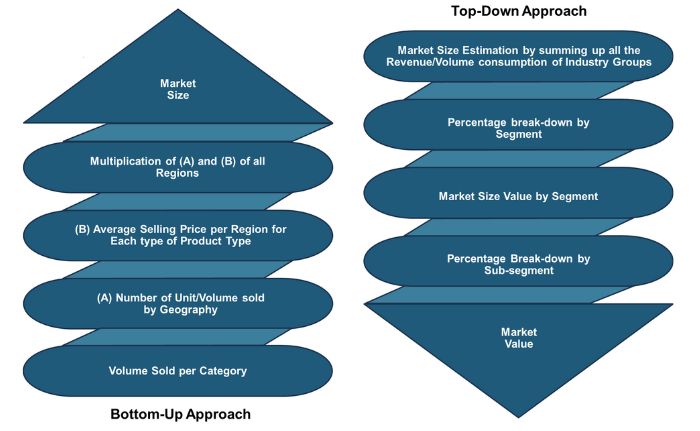
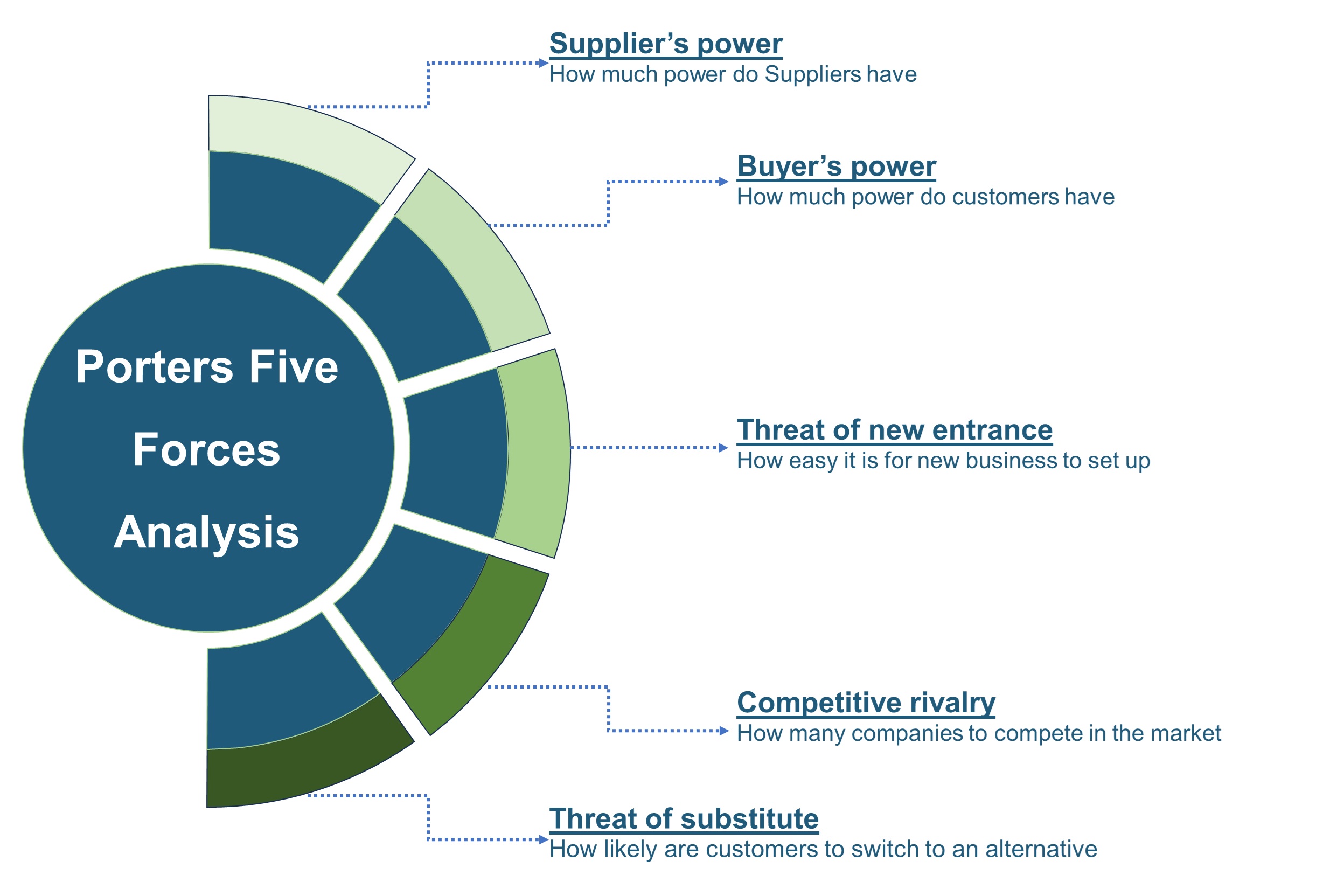
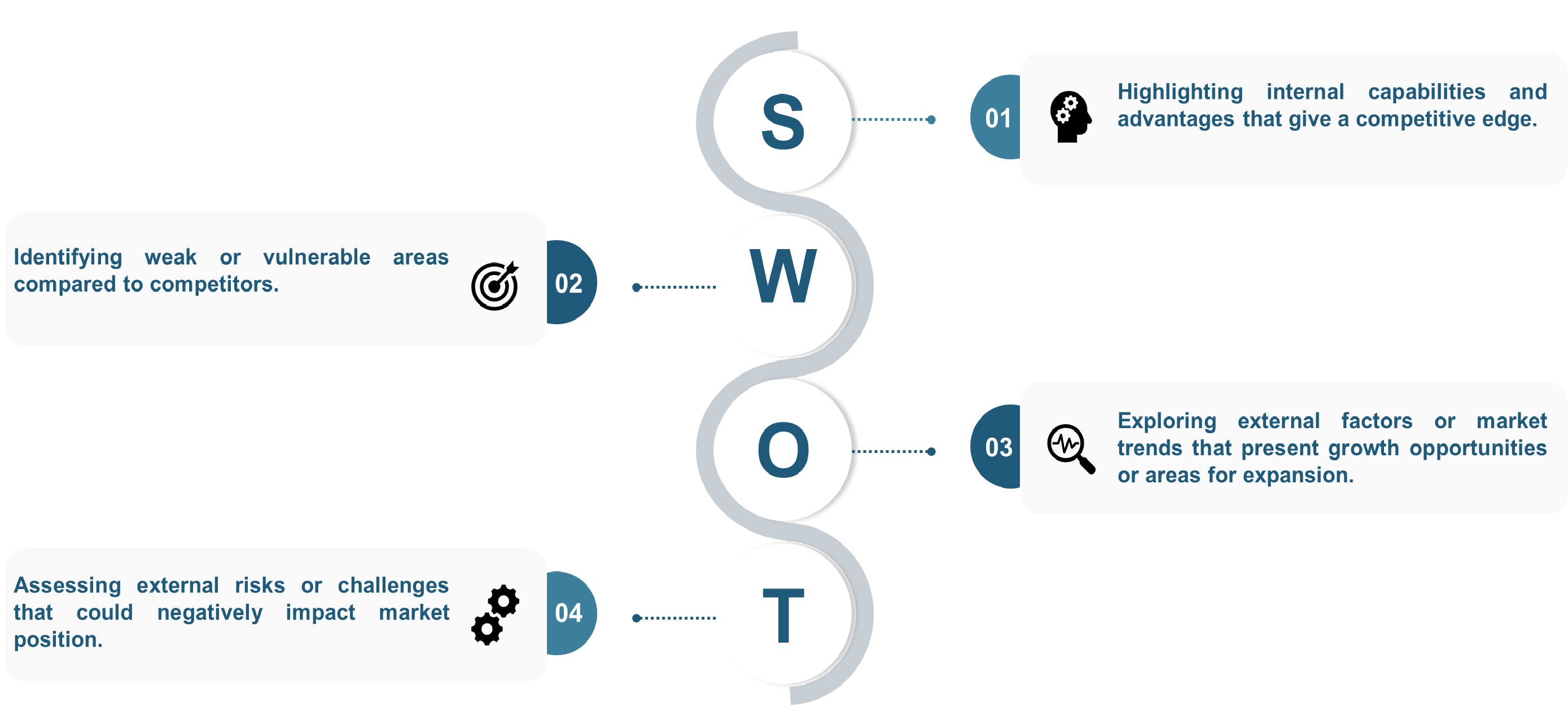
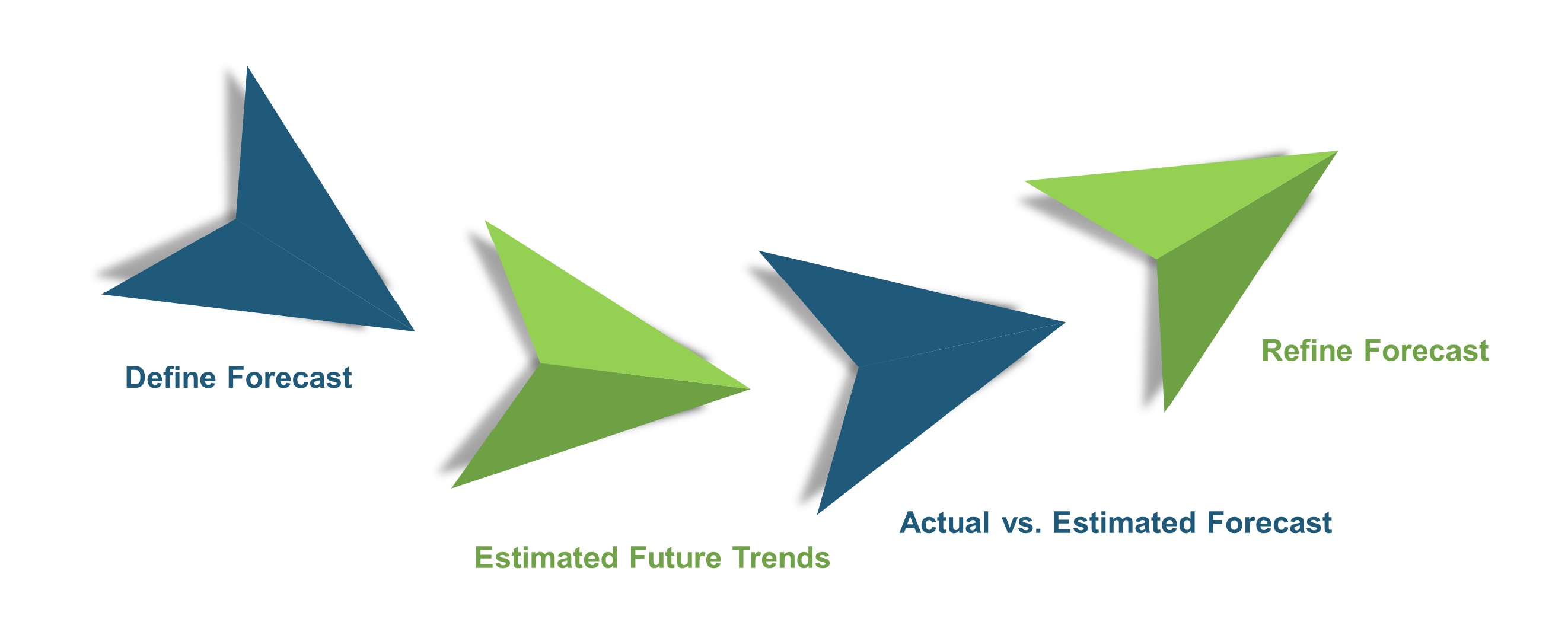
 Speak to Our Analyst
Speak to Our Analyst




